Expert Advice on Climate Finance: Practical Steps for Greener Banking
Intro
I’m a professional artist based in Canada, my work focuses on ocean conservation in the polar regions. In 2022, during an expedition to Antarctica, I witnessed firsthand the profound impact of climate change on these remote areas. The polar regions are disproportionately affected by climate change, about 3 or 4 times more than the rest of the world. This experience led me to ponder new ways to protect the polar regions, ultimately sparking my interest in climate finance as a solution. As they say, “the obstacle is the way”—if the economic system contributes to our current challenges, it may also drive the solutions.
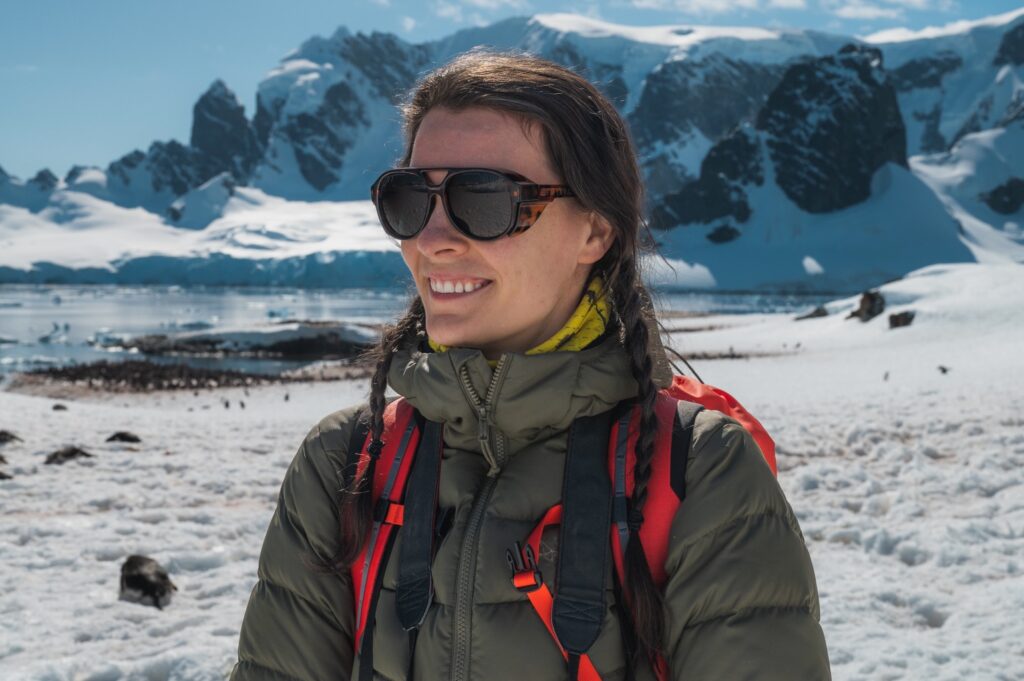
I connected with four experts in climate finance. Each interview aims to be educational and practical, providing actionable steps you can take right now. As a collective, we can transform challenges into opportunities and pave the way for a greener planet.
Leah Perry
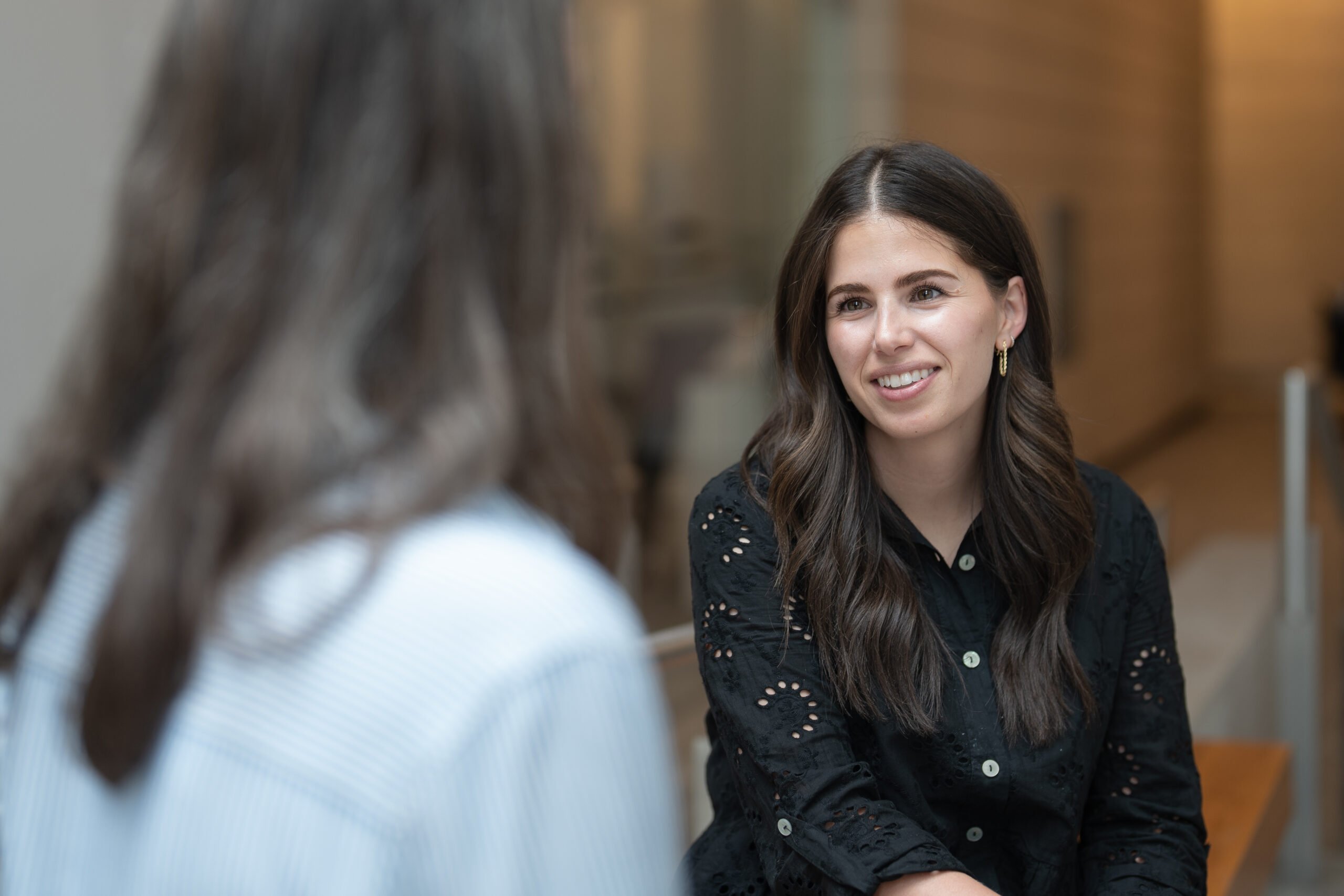
Who
Leah Perry is a Senior Manager on the climate team at MaRS Discovery District, where she leads the cleantech capital programs—managing climate investor relationships and connecting portfolios of cleantech companies seeking venture investments. Perry also leads the Women in Cleantech strategy at MaRS, where she oversees the RBC Women in Cleantech Accelerator and the MaRS Women in Cleantech Network.
Insight
Perry works primarily with early-stage cleantech companies. Cleantech companies develop technologies and products that reduce environmental impact and promote sustainable practices. Perry provides capital advisement and connections, matching innovative cleantech companies with climate funders.
Outside of grants, most early-stage funding for cleantech companies comes from venture capitalists (VCs) and sustainability-focused family offices (private wealth management firms for ultra-high-net-worth individuals). These companies offer the most potential for climate innovation but are often too small or risky for institutional investors like banks. An example of a cleantech company Perry has worked with is called Evoco, which uses plant-based chemistry to make sustainable products and is now used in mountain biking shoes.
There is significant innovation in cleantech which will accelerate our clean energy transition and fuel climate action. Perry emphasizes that it’s not only about what you do with your money but also how you leverage your skills and the choices you make with your purchasing power. She stresses the importance of education and continuous learning.
“Voting with your dollar goes so far; your purchasing power makes a difference,” says Perry. “Vote with your dollar, do your research, and find alternative products.”
Actionable Steps
1. If you have the means, Perry recommends looking into angel impact investing.
2. When you spend your money, choose to spend it on items and services that align with your sustainability goals, as best you can given your financial circumstances.
3. Your actions will compound. Be conscious of where you spend your purchasing power and enjoy the journey of discovering how to be more sustainable both individually and collectively.
4. If you’re interested in pursuing a career in climate or climate finance, there is a huge opportunity to build a fulfilling career in this area.
Olaf Weber
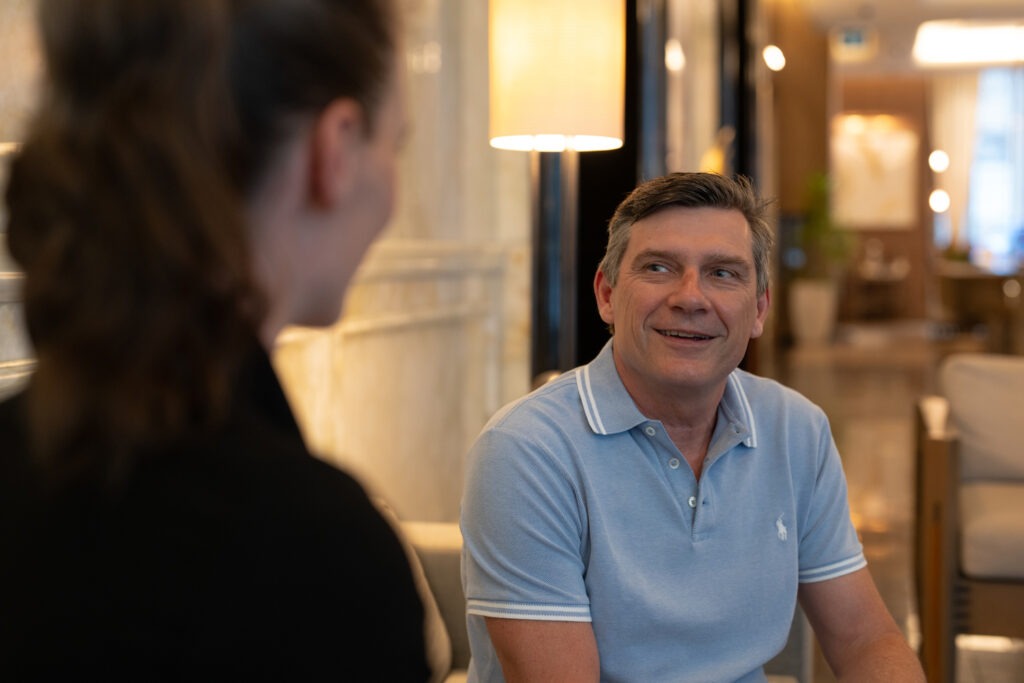
Who
Olaf Weber is a professor of sustainable finance and the Imperial Bank of Commerce (CIBC) Chair in Sustainable Finance. The chair is supported by CIBC, a bank with a market cap of over USD 45 billion.
Insight
Weber says that financial institutions must address two critical questions when it comes to sustainable banking: How can they manage, change, and reduce funding to industries that expose them to climate change risk (such as stranded assets in the fossil fuel industry), and how can they financially support industries that drive climate action (such as renewables)? Picture it like a scale, trying to move the needle in the right direction. Banks impact the industry through commercial lending, investment strategies, and the products and services they offer.
“The big money comes from institutions, that’s why banks need to have a strategy to address climate change,” notes Weber.
Sustainable banking operates on a balancing scale that is continuously evolving. The most significant impact in finance comes from institutions such as pension funds, banks, and insurance companies, as they control vast amounts of money. If you look downriver from where you bank, you might see that your money impacts our climate positively or negatively.
Actionable steps
1. Do Your Research: Start by learning about the connection between finance and climate change. Understand your banking and investing options. As Weber emphasizes, education is crucial—begin by asking questions and gathering information.
2. Choose the Right Bank: Examine how banks allocate their resources, and choose a bank that contributes positively to the environment. Even if you don’t have investments, the money in your accounts matters.
3. Green Investments: At all levels of investing, there are green options (such as fossil fuel-free index funds). No matter what financial product you seek, there’s usually a sustainable alternative.
4. Vote: Use your vote to support policies and leaders that prioritize climate action and sustainable finance. Your voice and choices can drive systemic change.
Susan McGeachie
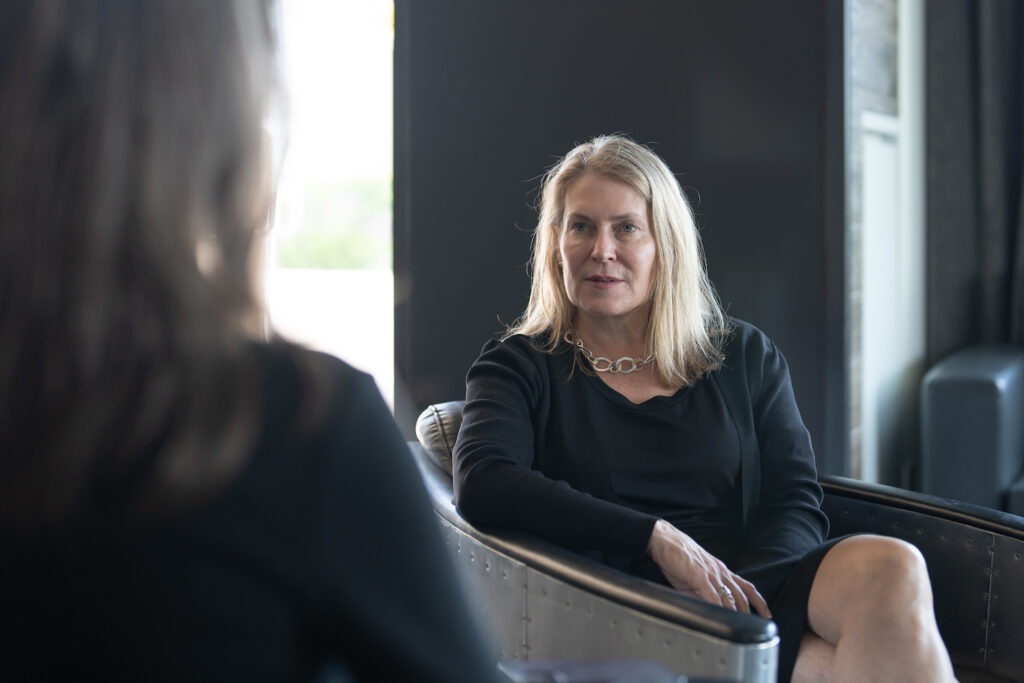
Who
Susan McGeachie is the Co-founder and Managing Partner at the Global Climate Finance Accelerator, an organization that facilitates the flow of capital to climate solutions. She is also a professor in climate finance at the University of Toronto and holds an MBA with a dual specialization in international finance and sustainability.
Insight
Clean energy investments can still be risky for banks, but there’s now a strong economic case for the energy transition from fossil fuels to clean energy.
Policy can help shift the scale in the right direction, moving us from climate change to climate action and adaptation, and from fossil fuels to clean energy. Policies that prioritize a transition to net zero can influence the behavior of banks and the corporate sector. Financial sector regulators can increase capital reserve requirements for high-emitting assets, for example, making fossil fuel loans riskier than solar loans. Regulatory requirements, fiscal incentives, and direct interventions can help governments achieve their net-zero policy objectives.
“The challenge about the energy transition is that gas, oil, and coal all work in the energy system,” says McGeachie. “That’s why government policy objectives and related actions to transition our energy system are so important.”
McGeachie emphasizes that there isn’t a single solution to climate change; it requires a multifaceted and blended approach. Policy and regulation are crucial foundations, but more needs to be done.
Regarding carbon offsets, McGeachie acknowledges that they are an imperfect solution. While they can be an important tool to reallocate capital from high-emitting assets to low ones, the lack of scientific integrity and reliable data of some credits mean they may not mitigate climate change as proclaimed. In a credible, robust market, carbon credits serve as a bridge to help fund clean energy projects and offset the negative impacts of greenhouse gas-heavy activities. Credits can be purchased by both individuals and companies.
McGeachie wants to stress that individuals cannot be expected to make enough changes in their day-to-day lives to solve the problem of climate change, nor should they bear the cost alone. However, individuals can create a cultural shift toward climate action and advocate for the required changes in government and corporate behavior.
“Individuals have less impact than companies, but they can raise awareness and advocate for change and get the word out that this is the way we expect business to be done,” says McGeachie.
Actionable Steps
There’s a limit to what individual actions can achieve. Susan emphasizes the power of collective action and the importance of joining organizations like POW to advocate for policy and regulatory changes, which can have the greatest impact.
Jennifer Turliuk
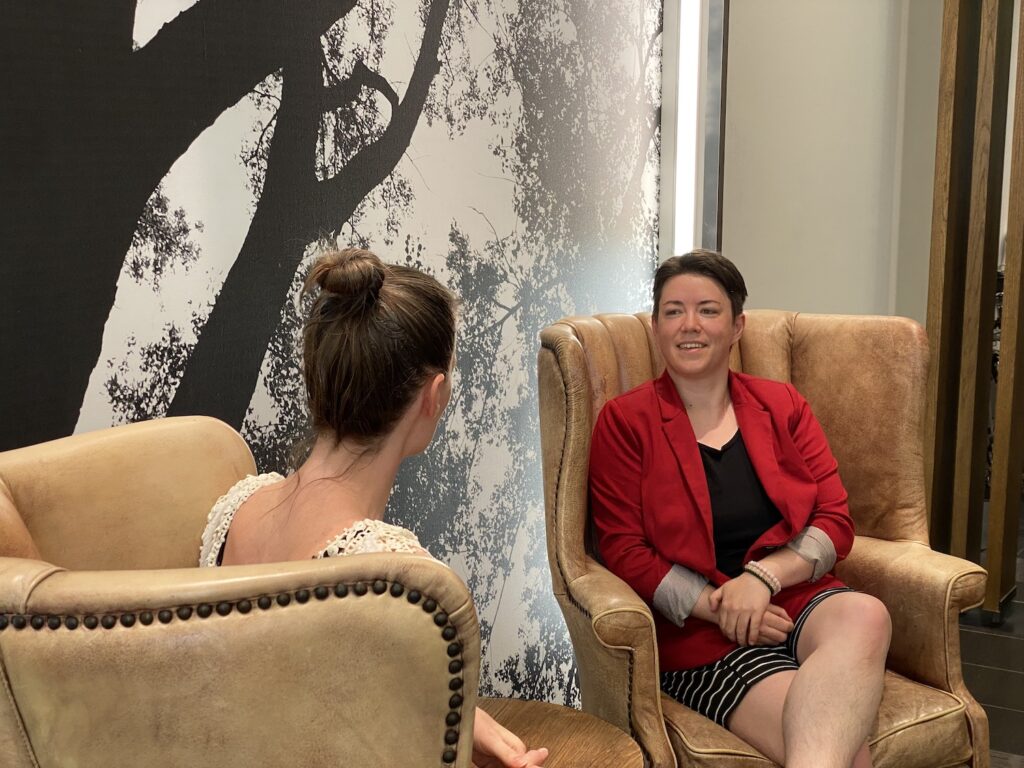
Who
Jennifer Turliuk is an angel investor. She led and co-taught Climate Angels, an educational program on climate tech angel investing. Turliuk was also a Partner at Climate Capital Syndicate, one of the most active global climate tech funders with over 350 investments.
Insight
Venture Capital (VC) and angel investing are crucial entry points on the finance spectrum, leading startups towards other forms of financing like debt, private equity, and IPOs. In the realm of climate finance, early-stage investments play a pivotal role in nurturing innovative solutions to environmental challenges. Impact investing can help fund climate tech companies that have the potential for huge returns for investors and have a huge impact on the planet. Both angel investing and VC are high-risk, although investing in climate tech can be particularly impactful, as it accelerates innovations that can significantly advance climate solutions.
“Venture investing is where everything starts. It’s where things get invented,” says Turliuk. “There’s more opportunity for people to put their money into things that will truly make a climate difference.”
Angel investing, in particular, is becoming more accessible. Depending on location, you can become an accredited investor with as little as $100 or $1,000. This lower barrier to entry makes it possible for a broader range of individuals to participate in and benefit from impactful investments. Though, historically, angel investing was perceived as an arena for high-net-worth individuals, Turliuk points out that this is rapidly changing and allowing more people to contribute to and profit from climate tech ventures.
Actionable next steps
1. As individuals, she recommends thinking about how we want to contribute our time, talent, and capital to climate solutions and climate support. Your contribution to climate action could be broader than you think.
2. It’s okay to start small with what you have and develop your skills gradually over time. Not everyone has money to invest, but education and building the habit are important to an individual making an impact over time. Turliuk started by developing a mock angel investing portfolio and seeing how those picks did before making her first angel investments
****Disclaimer: This is not financial or legal advice. It is intended for educational purposes only and is based on the insights of the individuals, not the institutions where they work.
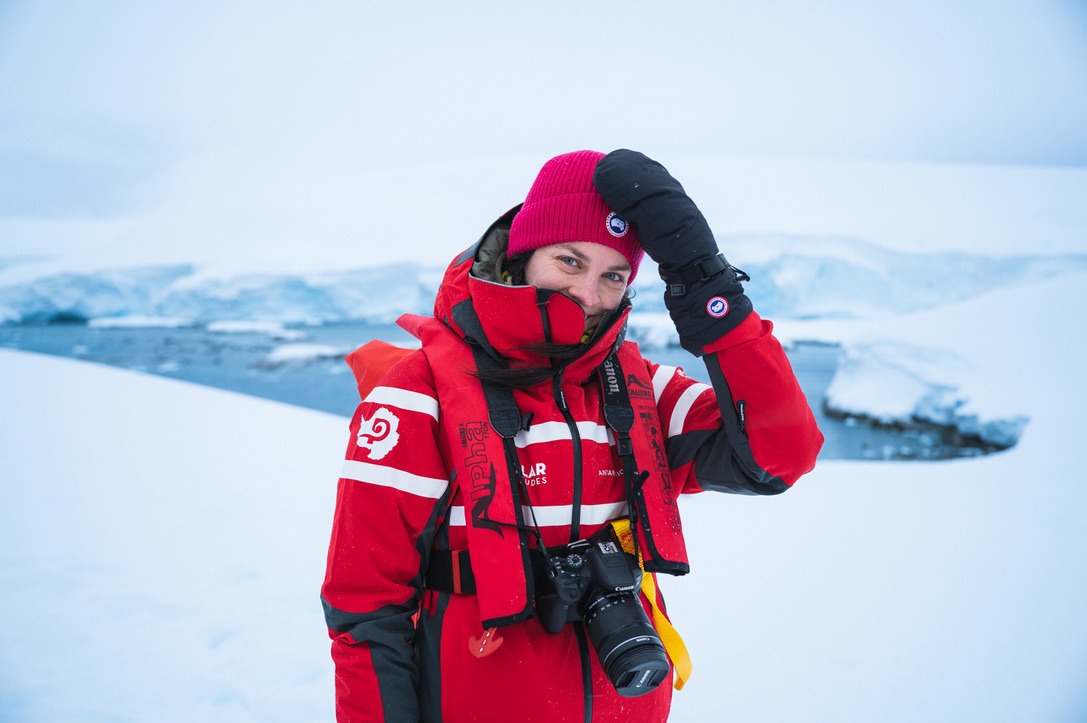
Author: Meg O'Hara
Meg O’Hara is a contemporary landscape painter, she holds a Bachelor of Arts from the University of British Columbia in Art History and Theory. In 2022 she was an Artist-in-Residence during an Ocean Conservation Expedition with the SOI Foundation. In December of 2022, she was one of ten Canadians chosen for a delegation to Antarctica […]
